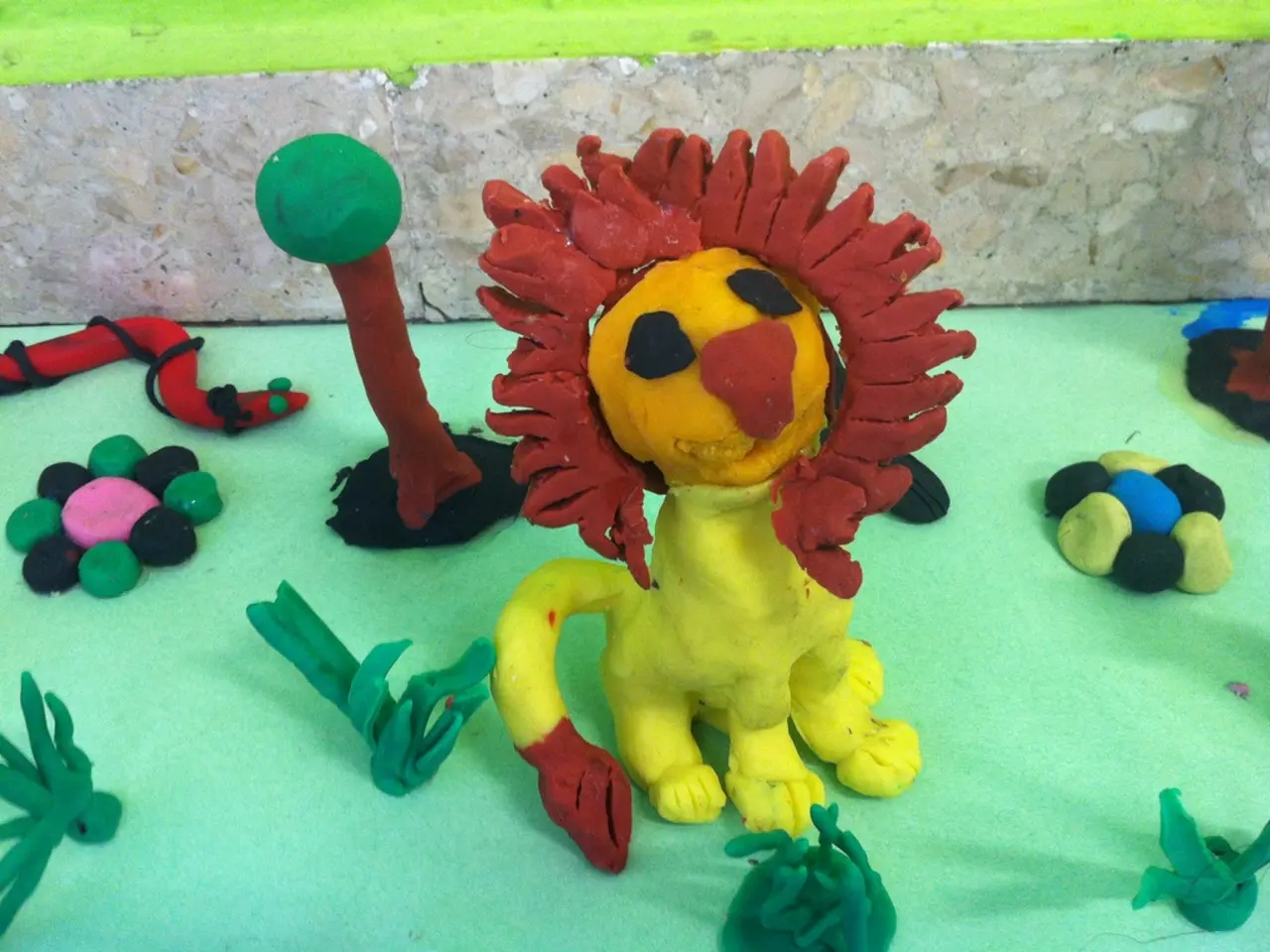Guide for Novice Potters Mastering Clay Ceramics: Essential and Valuable
In the realm of creativity and connection to the past, ceramics clay offers a unique blend of tradition, innovation, and personal expression. For those new to the world of ceramics, this article provides an overview of essential types of clay, tools, techniques, and preservation methods to help you embark on your creative journey.
Types of Clay for Beginners -----------------------------
For those starting out, earthenware clay is highly recommended due to its relative ease of workability and forgiveness during shaping and firing. Another popular choice is stoneware clay, which is durable and ideal for wheel-throwing and hand-building techniques. Terracotta clay or non-hardening clay types, such as Plastalina, are suitable for practice and play, although they may not be kiln-fired.
Essential Tools ----------------
A basic toolkit for hand-building includes a pottery wheel, cutting wire, ribs and scrapers, needle tools and wooden modeling tools, sponges, and brushes. Beginners can work effectively with just their hands for pinching, coiling, and slab-building.
Basic Techniques -----------------
Hand-building methods are accessible for all beginners. Coiling involves rolling clay into long ropes and coiling them to build forms. Pinching shapes clay between thumb and fingers to form small pots or bowls, while slab construction involves rolling out flat sheets of clay and joining them to form shapes.
For wheel-throwing, wedging the clay thoroughly to remove air bubbles is essential. Centering the clay on the wheel, opening the clay, and pulling up the walls evenly are fundamental steps. Working slowly and carefully is crucial to avoid collapsing shapes.
Preservation and Firing ------------------------
To make your piece permanent and durable, firing in a kiln is necessary to harden earthenware or stoneware clay properly. Air-dry clay will harden but remain brittle and non-waterproof without firing and glaze. Oven-baking is an option for some polymer clays but is not suitable for traditional ceramics clay.
For temporary projects or play, clay can be recycled or left unfired, especially non-hardening clays.
Additional Tips ---------------
Always wedge the clay to remove air pockets and improve pliability. Keep clay moist and covered when not working to prevent drying out. Start with small projects to practice shaping and techniques before attempting larger or more complex pieces. Use wet hands and tools to smooth and join clay for better adhesion and surface quality.
By focusing on these beginner-friendly clays, tools, and techniques, and understanding the proper preservation methods, you will have a solid foundation to start creating in ceramics. Earthenware clay is one of the oldest and most commonly used types, known for its rich, red or orange tones. Clay comes from the earth and transforms through water, shaping, and heat. Stoneware clay is durable and ideal for functional items, fired at temperatures between 1,200°C and 1,300°C.
Overcoming challenges with the pottery wheel involves practice and a delicate balance between hands and the wheel's speed. Glazing involves applying a glass-like coating to ceramics clay pieces, serving multiple purposes such as waterproofing, adding color, and affecting texture. Slaking down dry clay involves breaking it into small pieces, covering it with water, and letting it sit until it turns into a slushy consistency.
Porcelain clay is the most refined type, fired at high temperatures, giving it a translucent and glass-like finish. Firing is the heating process that hardens ceramic clay, happening in two stages: bisque firing and glaze firing. With this comprehensive guide, you are now equipped to delve into the world of ceramics and start creating your own unique pieces.
- To further extend your knowledge beyond ceramics, consider incorporating drawing, painting, and even learning new techniques in education-and-self-development, as these skills can contribute to your overall creativity and artistry in working with clay.
- As you cultivate your passion for ceramics through learning and practice, don't overlook the potential of combining traditional clay work with other mediums like painting or drawing, opening up endless possibilities for expressing your ideas and personal narrative in your art.




